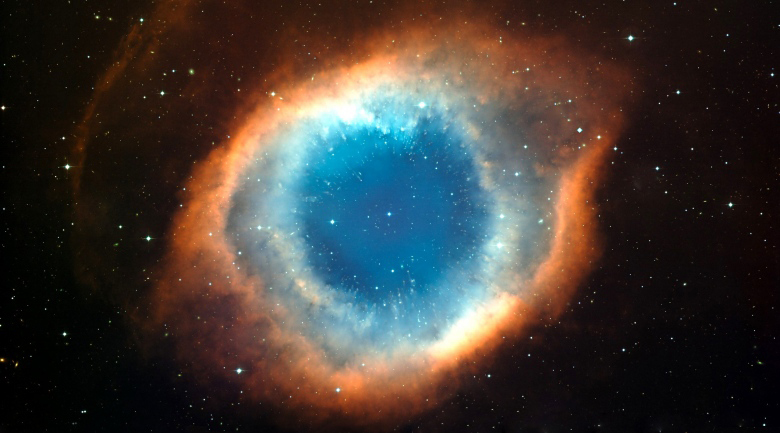
The universe is nearly 14 billion years old, 13.8 billion years old to be exact. And many cosmologists continue to grow more confident in that number. In late December of 2020, a collaboration of researchers working on the Atacama Cosmology Telescope in Chile published their newest estimate, 13.77 billion years, plus or minus a few tens of millions of years. Their answer matches that of the Planck mission, a European satellite that made similar observations between 2009 and 2013.
Astronomer Johannes Kepler realized in 1610 that one major crack in the popular Greek-inspired cosmology had been staring star gazers in the face all along. If an eternal universe hosted an infinite number of stars, as many had come to believe, why didn’t all those stars fill the universe with a blinding light? A dark night sky, he reasoned, suggested a finite cosmos where the stars eventually peter out.
The clash between the night sky and the infinite universe became known as Olber’s paradox, named after Heinrich Olber, an astronomer who popularized it in 1826.
But the resolution to Olber’s paradox took time to sink in. When Einstein’s own theory of gravity told him that the universe likely grew or shrank over time in 1917, he added a fudge factor into his equations—the cosmological constant—to get the universe to hold still .
Meanwhile, larger telescopes had brought clearer views of other galaxies to astronomers’ eyepieces, prompting a fierce debate over whether they were looking at far-off “island universes,” or nearby star clusters inside the Milky Way. Edwin Hubble’s keen eyes settled the argument in the late 1920s, measuring intergalactic distances for the first time. He found that not only were galaxies immense and distant objects, they were also flying away from each other.
The universe was expanding, and Hubble clocked its expansion rate at 500 kilometers per second per megaparsec, a constant that now bears his name. With the expansion of the universe in hand, astronomers had a powerful new tool to look back in time and gauge when the cosmos started to grow. Hubble’s work in 1929 pegged the universe at expanding in such a way that it should be roughly 2 billion years old.“The expansion rate is telling you how fast you can rewind the history of the Universe, like an old VHS tape,” says Daniel Scolnic a cosmologist at Duke university. “If the rewind pace is faster, then that means the movie is shorter.”
The background radiation measurements let cosmologists get a sense of how big the universe was at an early point in time, which helped them calculate its size and expansion today. Scolnic likens the process to noting that a child’s arm appears one foot long in a baby picture, and then estimating the height and growth speed of the corresponding adolescent. This method gave researchers a new way to measure the universe’s current expansion rate. It turned out to be nearly ten times slower than Hubble’s 500 kilometers per second per megaparsec, pushing the moment of cosmic genesis further back in time. In the 1990s, age estimates ranged from 7 to 20 billion years old.
Painstaking efforts from multiple teams strove to refine cosmology’s best estimate of the universe’s expansion rate. Observations of galaxies from the Hubble Space Telescope in 1993 pegged the current Hubble constant at 71 kilometers per second per megaparsec, narrowing the universe’s age to 9 to 14 billion years. Then in 2003, the WMAP spacecraft recorded a map of the radiation with fine features.
But as measurements of the early and modern universes have gotten more precise, they’ve started to clash. While studies based on the cosmic background radiation, baby picture suggest a Hubble constant in the high 60s of kilometers per second per megaparsec, distance measurements of today’s galaxies give brisker expansion rates in the low to mid 70s. Scolnic participated in one such survey in 2019, and another measurement based on the brightness of various galaxies came to a similar conclusion in January 2021.
Taken at face value, the faster rates these teams are getting could mean that the universe is actually around a billion years younger than the canonical 13.8 billion years from Planck.
Or, the mismatch may hint that something deeper is missing from cosmologists’ picture of reality. Connecting the radiation map to the present day involves assumptions about the poorly understood dark matter and dark energy that appear to dominate our universe, for instance, and the fact that the Hubble constant measurements aren’t lining up could indicate that calculating the true age of the universe will involve more than just rewinding the tape
